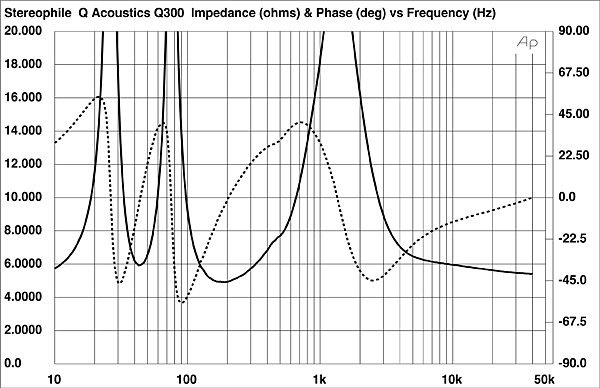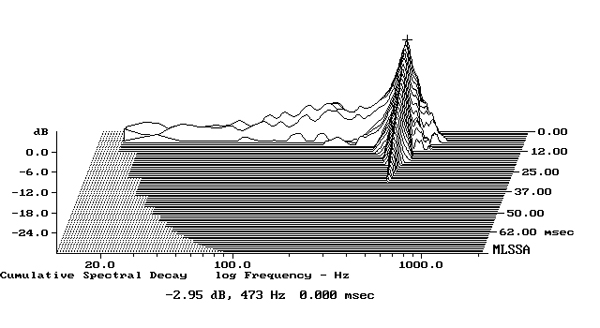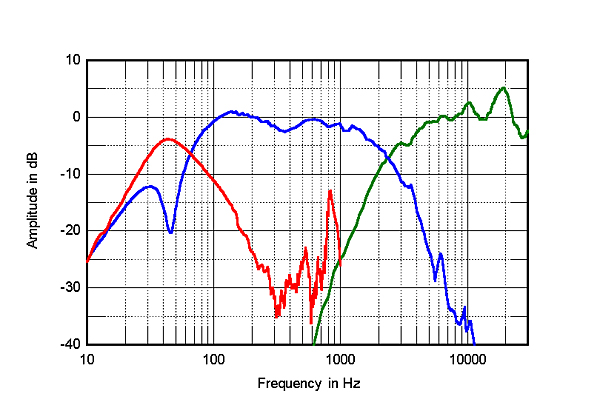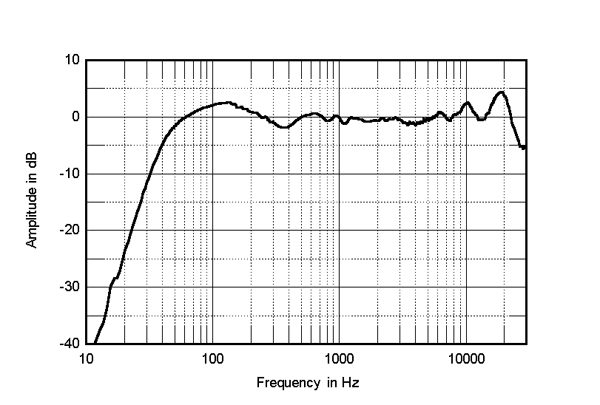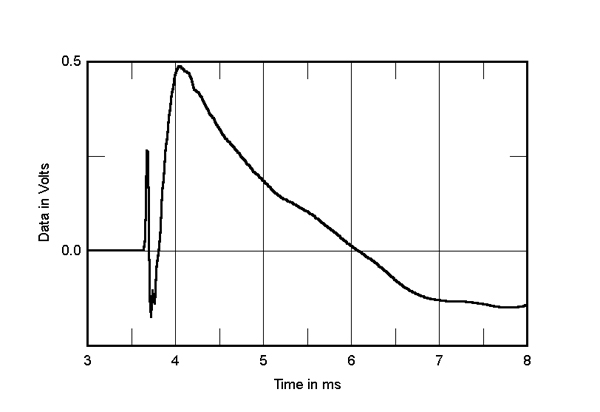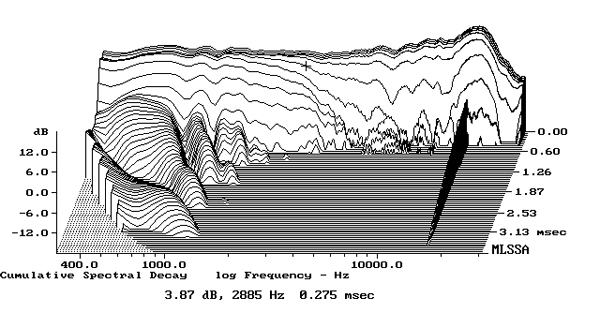| Columns Retired Columns & Blogs |
... bypass or mechanically short-circuit the suspension effect of the stands, particularly if the cables are relatively thick and/or inflexible and especially if the speakers are bi-wired?
For example, the set-up of Linn LP12 turntable requires that the tonearm lead be dressed in a specific manner to prevent the operation of the suspension from being compromised.
Did JA1 make separate sets of frequency response measurements with the port open and with the foam bung installed?
